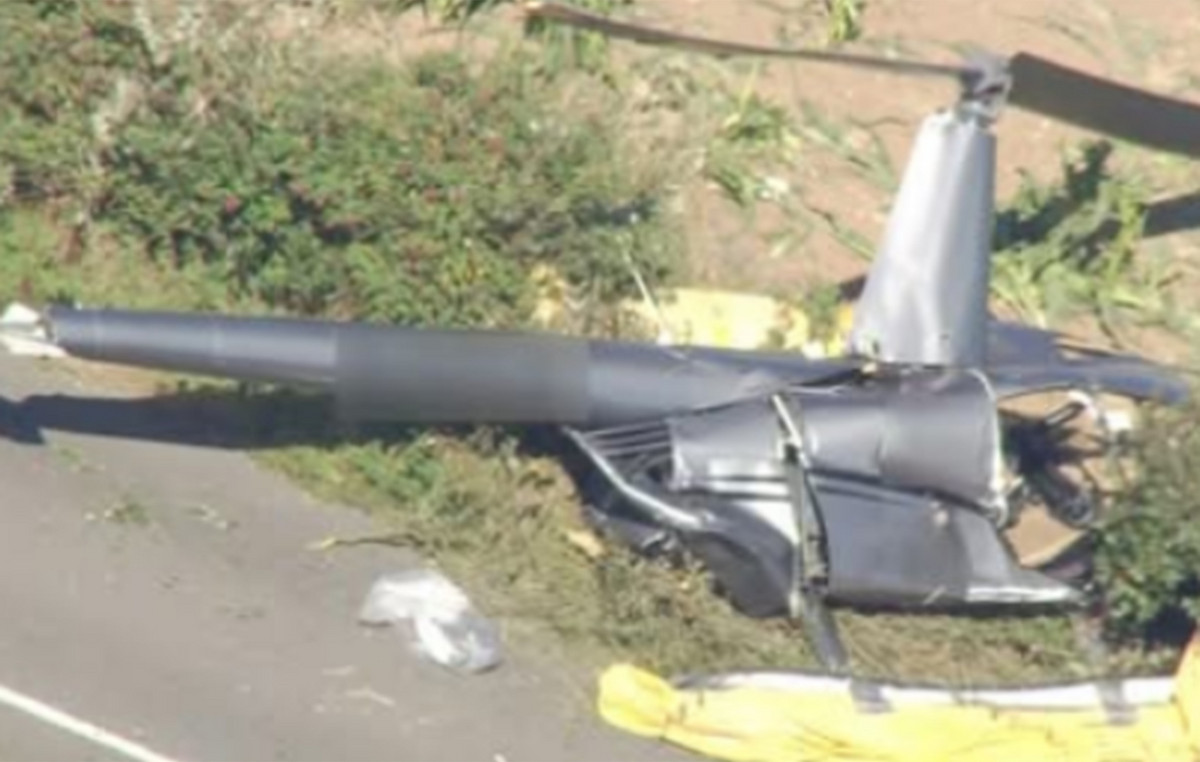The world is preparing for the total solar eclipse which will take place on April 8th, but this time, the phenomenon will only be visible in the United States, Mexico and Canada.
Anyone in Brazil you won't be able to observe the event happening in the sky, but NASA (United States Space Agency) and the National Observatory are organizing transmissions so the whole world can follow you.
The April 8th phenomenon will begin at 4pm (Brasília time) off the coast of Mexico, and will end at 5pm (Brasília time) , on the Atlantic coast of Canada. The total eclipse lasts for a maximum of 4 minutes and 28 seconds in an area of Mexican territory.
How to watch from Brazil
NASA will provide a main broadcast, with views from different angles and comments from experts in English It is Spanish. Furthermore, another live will show the perspective of different telescopes, including a view of the partially eclipsed Sun.
Finally, another way to watch will be following the launches of probe rockets that will study the atmosphere before, during and after the eclipse. Takeoffs will be between 3:40 pm and 5:05 pm (Brasília time) and the rockets are scheduled to leave 45 minutes apart.
Furthermore, the National Observatory, a research unit of the Ministry of Science, Technology and Innovation, will carry out a live coverage with comments in Portuguese.
What is a total solar eclipse?
A total solar eclipse is visible when the Moon passes between the Sun and the Earth, completely blocking the visible face of the Sun. For observers on Earth who are located in the center of the Moon's shadow, the solar corona is visible – this outermost part of the Sun cannot be seen normally due to the intense brightness of the star.
The Sun is about 400 times larger than the Moon, but it is approximately 400 times further from Earth than the natural satellite. Thus, this coincidence creates the effect in which the Moon can completely obscure the visible face of the Sun for a terrestrial observer in the area of the total eclipse.
Source: CNN Brasil
Charles Grill is a tech-savvy writer with over 3 years of experience in the field. He writes on a variety of technology-related topics and has a strong focus on the latest advancements in the industry. He is connected with several online news websites and is currently contributing to a technology-focused platform.







